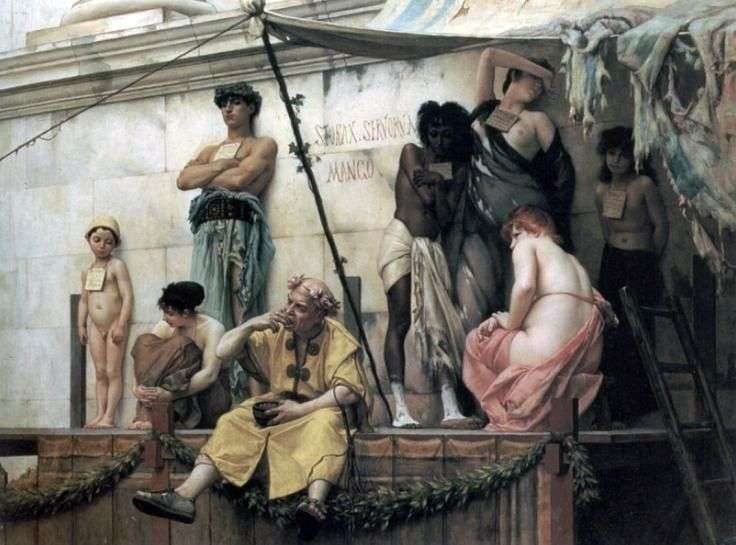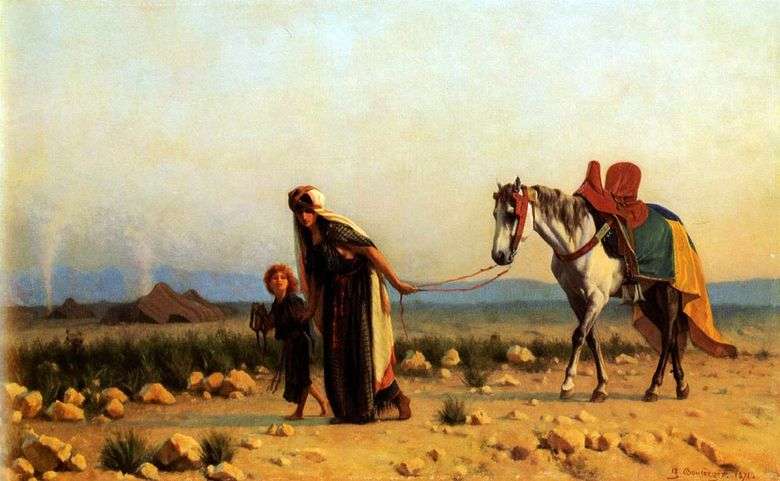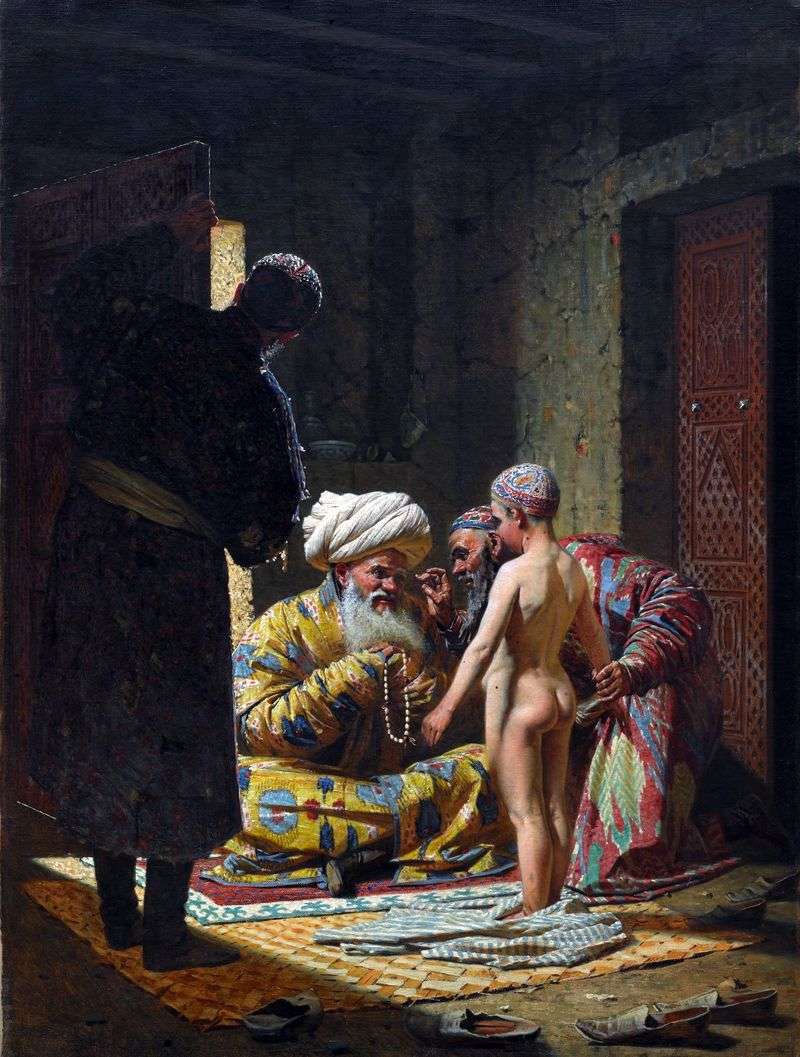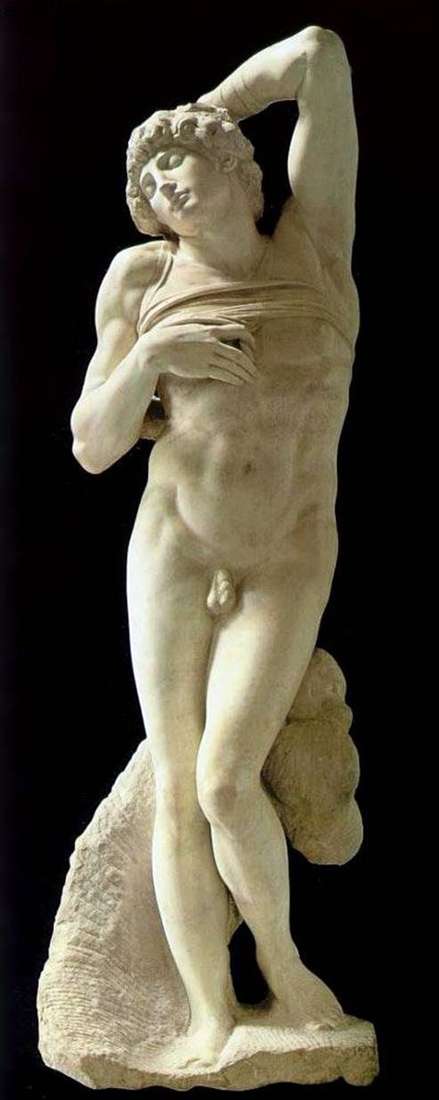
Among the ancient Greeks, the majority were people of the so-called. “free professions,” including thinkers and philosophers. In the slavery, mainly people of three categories were drawn: captives, debtors and criminals. Slaves served in the house, but they did not play any significant role in the life of society, they were considered to be second-class beings, they were deprived of their right to social status. Quite a different matter – the Roman Empire.
Rome itself was a city of slaves, which, according to rough estimates of historians, numbered up to a million. Slave psychology adversely affected both the slave himself and his master. The first knew that anything could be done with him, the second one – about this very permissiveness and incompetence. And, of course, I enjoyed these privileges.
In the picture of the little-known French artist Gustav Boulanger the slave trade is represented, as they say, in all its glory. Who here just does not exist, who have not been put up for sale! From quite a child to a black girl. From a handsome young man who folded his hands proudly on his chest, until he melancholy hid his hands behind the girl’s back. To distinguish slaves from the rest is easy – on the chest of each plate with full information about each “copy.” The owner immediately – with a wreath on his head, sitting with his legs extended forward and eating something with appetite.
Particularly attracting attention is the figure of a tall girl with a half-naked breast. She covered her face desperately with her hand, so that no one could see her despair and torment. Another squatted down, wrapped her arms around her knees and looked sideways. People are together – and at the same time are separated. Including social.
 Return by Gustav Rudolf Boulanger
Return by Gustav Rudolf Boulanger Mercado de esclavos – Gustav Rudolf Boulanger
Mercado de esclavos – Gustav Rudolf Boulanger Regreso – Gustav Rudolf Boulanger
Regreso – Gustav Rudolf Boulanger Marché aux esclaves – Gustav Rudolph Boulanger
Marché aux esclaves – Gustav Rudolph Boulanger Sale of the child-slave by Vasily Vereshchagin
Sale of the child-slave by Vasily Vereshchagin The Slave Ship by William Turner
The Slave Ship by William Turner The Dying Slave by Michelangelo Buonarroti
The Dying Slave by Michelangelo Buonarroti Retour – Gustav Rudolph Boulanger
Retour – Gustav Rudolph Boulanger